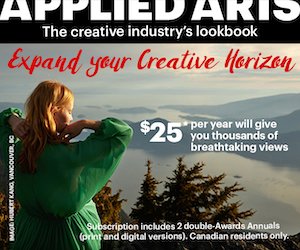A Brush With Illustrator Rick Sealock
To coincide with the release of his career retrospective Sealock sits down with us and discusses how he got here
November 25, 2021
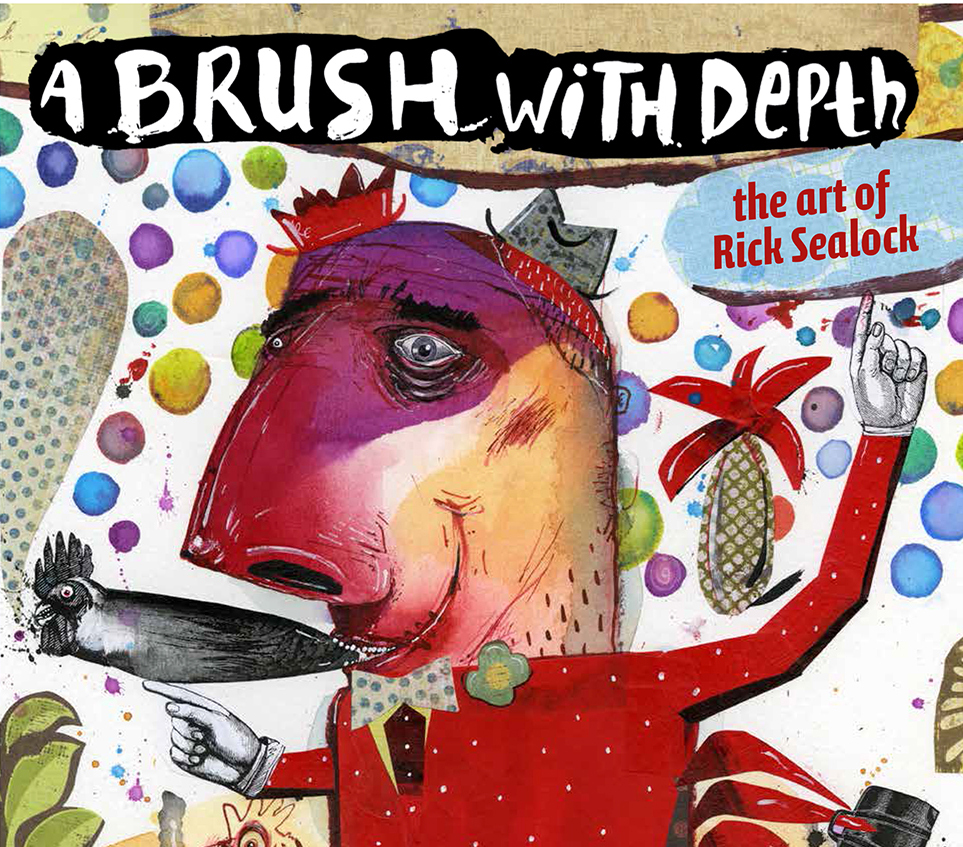
A BRUSH WITH DEPTH - The Art of Rick Sealock
256 pages, 350 plus illustrations, 9.5 x 8.25
Published by Frontenac House
Order at www.frontenachouse.com
Free shipping in Canada!
50% discount on shipping to USA.
SOMEWHERE OVER THE RAINBOW
Howdy Applied Arts and thank you for the opportunity to chat about my new book A BRUSH WITH DEPTH - The Art of Rick Sealock, a compilation of some of my best illustrations, many behind the scenes stories, and helpful advice on illustration, self-promotion, reinvention, and sustaining a 30 year plus freelance career. For those who love my work they will enjoy the depth of concepts, creativity, and imagery splashed across each page. For those who hate my work they will enjoy the title’s implied shallowness!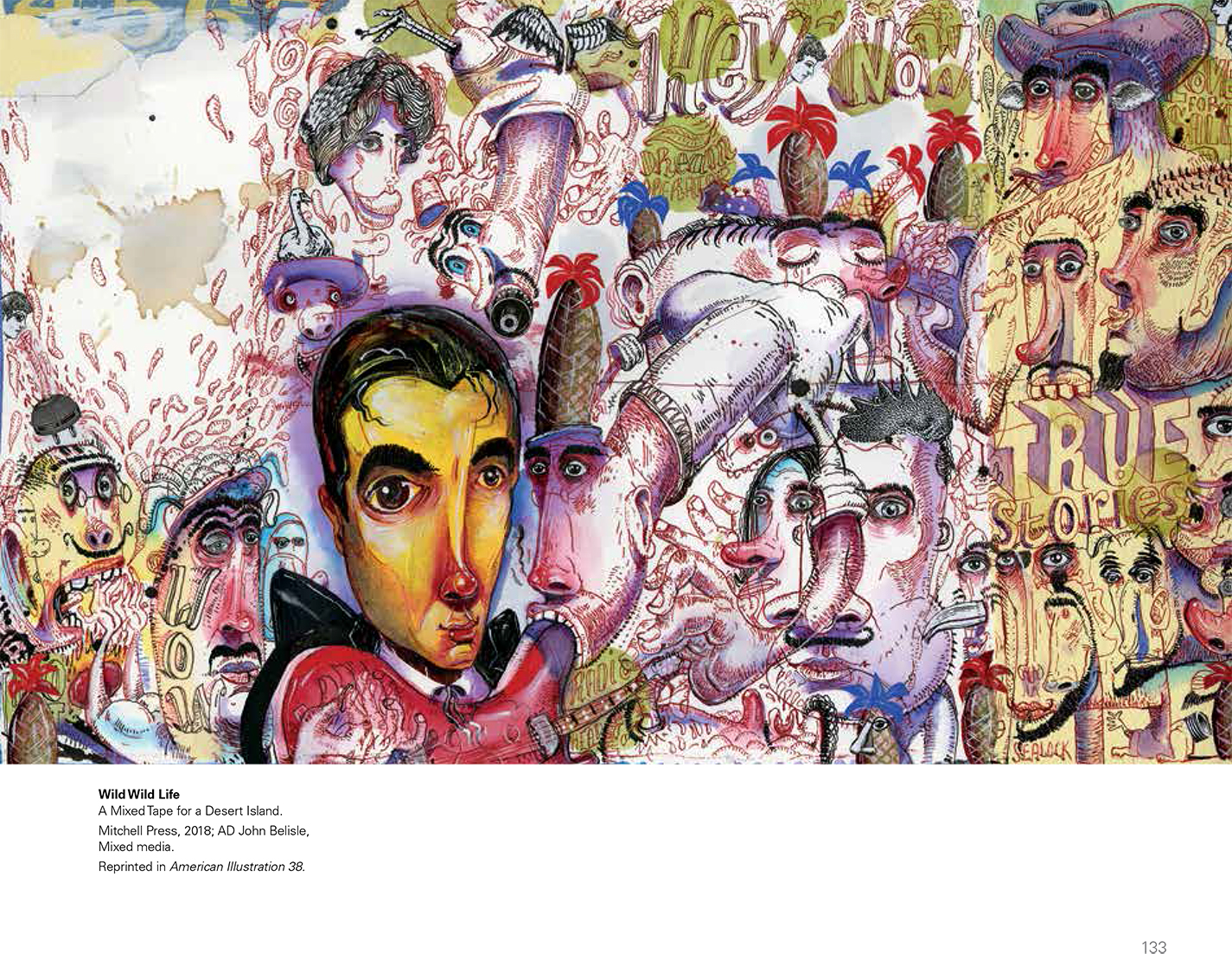
You present the book as a device or a tool, can you explain your rationale behind this?
I love Illustrating!
This is a book on why—and how—I love illustration. Although illustration possesses few secure signposts pointing the way to success, it offers enormous freedom—of medium, style, and content. And on a societal level, illustrators are expected to be the seers of contemporary culture. They pick at the many threads making up our various cultures—political, social, economic, artistic, etc.,—and weave them into challenging images that are both read and responded to. Illustrators have the freedom to simultaneously consume and create, and their work does exactly the same. It is a profession that draws from and adds to our cultures, with the potential to effect immense change.
This is also a book on why—and how—to be an illustrator. Like other industry books this one discusses business, various markets, promotion, and assessing your portfolio. I also wanted to write about stylistic struggles, anxiety, and coping mechanisms by illustrators. Many of the book’s showcases were inspired in student discussion when lecturing on the common fears of illustrators: what is my worth as an image maker? Is my work passable, or more? Can I accept or bounce back from winning or losing expectations? Can I sustain an illustration career? Granted, it may sound like a tough slog to a student, but all illustrators have been there, gone through it, and come out more resilient. I want them to know that seasoned illustrators at the top of their game, winning awards, and accolades, are still wondering how they can do better work, if they should chase other markets or styles, or jump on the next fad, just to stay relevant?
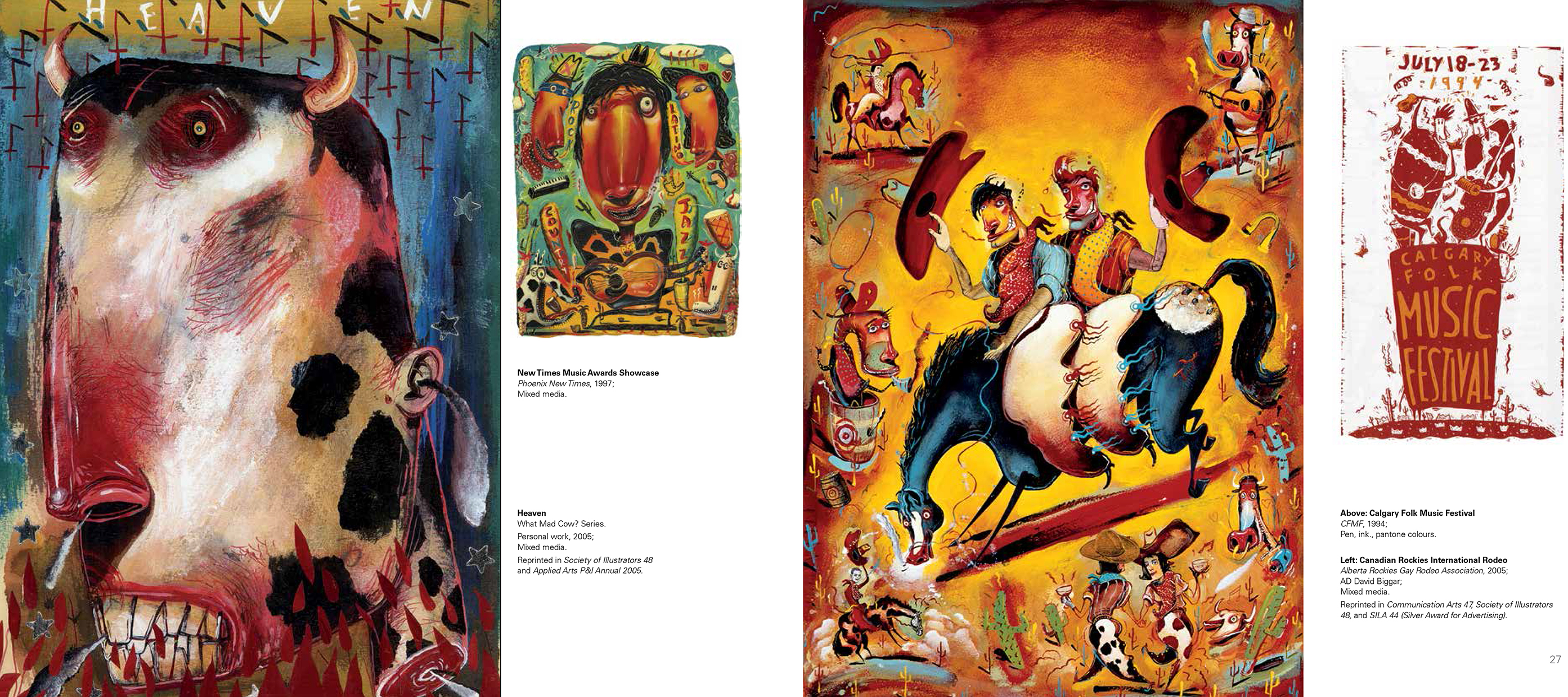
Who is your ideal A BRUSH WITH DEPTH reader?
Ideally the world!
Ideally, the ideal ABWD readers are those who love illustration, those who want to become an illustrator, those who wish they were illustrators, and those who are just art lovers, especially of illustration!
The book was intended as a concentrated, immersive Sealockian experience that would inspire, entertain, and serve as an educational resource for art students, young artists, and beginning illustrators. And yes, designers might enjoy it too!
I do realize established folks may find the book a bit "been there, done that"? But hopefully they will still enjoy the plenitude of images, the conversational writing, the silliness of some career highlights and defining moments, and maybe enjoy a chuckle or two on shared experiences.
Alternatively, the ideal ABWD reader could be a generous to a fault Secret Santa who loves gift-giving a Christmas art book to many, many, many (approx. 900) family and friends…and their friends too. Heck, you can gift-give this book for any occasion! Enjoy!
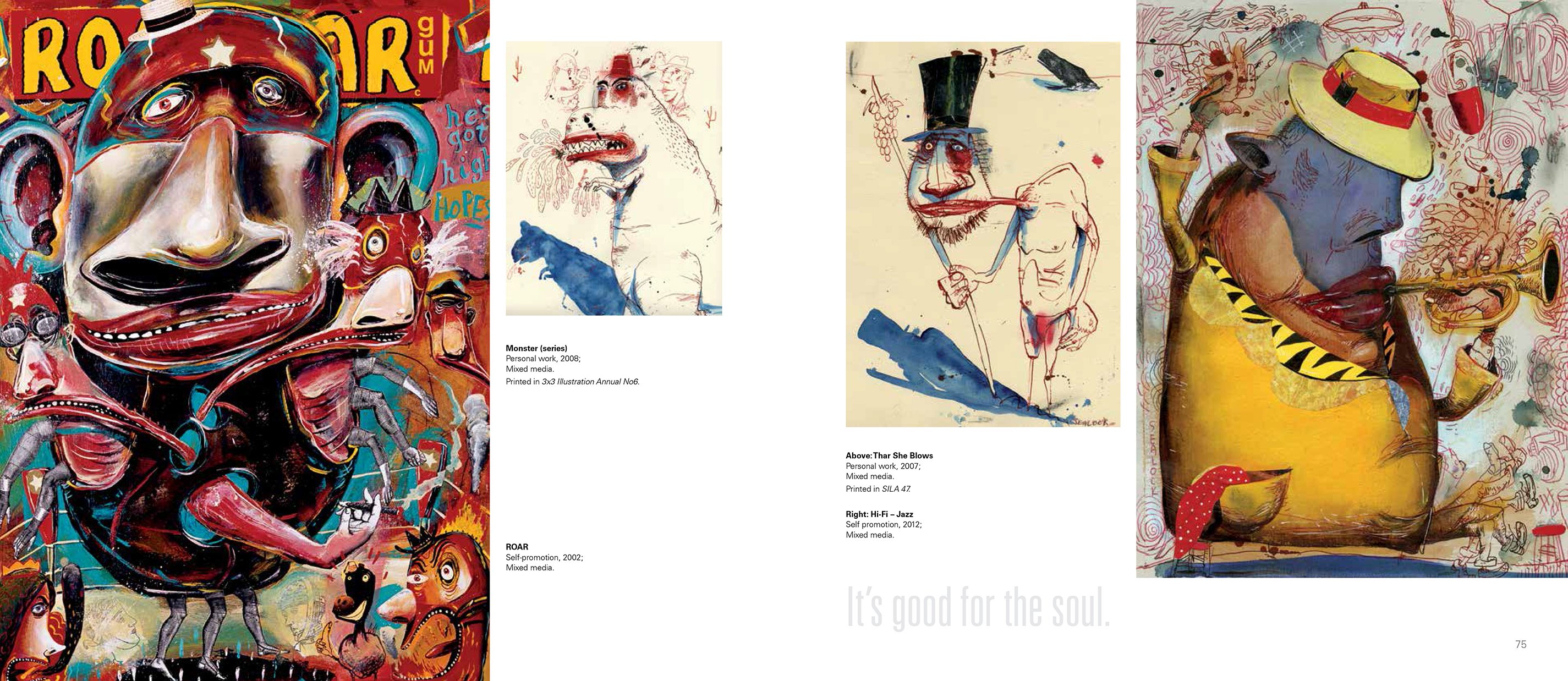
The book also includes a who's-who of illustrators such as Julia Breckenried, Sam Weber and Jillian Tamaki. How did you pick them?
The dream team!
When conceiving ABWD, beyond a visual smorgasbord of my good, bad, and uber-ugly award winning images, I kept reflecting on the intent of the book and thinking, “what the hell do you want the book to say, or do? I remembered the numerous class critiques, lectures, and guest talks I’ve presented and hoped they’d be inspirational. So, I decided to ask illustrators who inspire me! After teaching illustration for over 25 years, I knew many colleagues who could contribute other perspectives and insights into illustration.
I currently teach in the illustration program at Sheridan College so I approached Julia Breckenreid, Clemente Botelho, and Thom Sevalrud, all of whom are award-winning illustrators, amazing artists, and incredible instructors. Dan Page once taught at Sheridan and is so damn clever and talented that I had to ask him to contribute to the book too.
Before I taught at Sheridan and a stint teaching at OCADU, I was in the Design division at the Alberta College of Art & Design (now AUArts). I asked my good friends and ex-colleagues Dennis Budgen and Doug Fraser, both award-winning illustrators, amazing artists and past instructors, if they would contribute to the book. Also, while at ACAD, I had the privilege to become good friends with Jillian Tamaki, Sam Weber, and Karen Klassen, who all went on to become award-winning illustrators, amazing artists, and incredible instructors too! Thus, the awesome WHO’S-WHO of Illustration Dream Team was born!
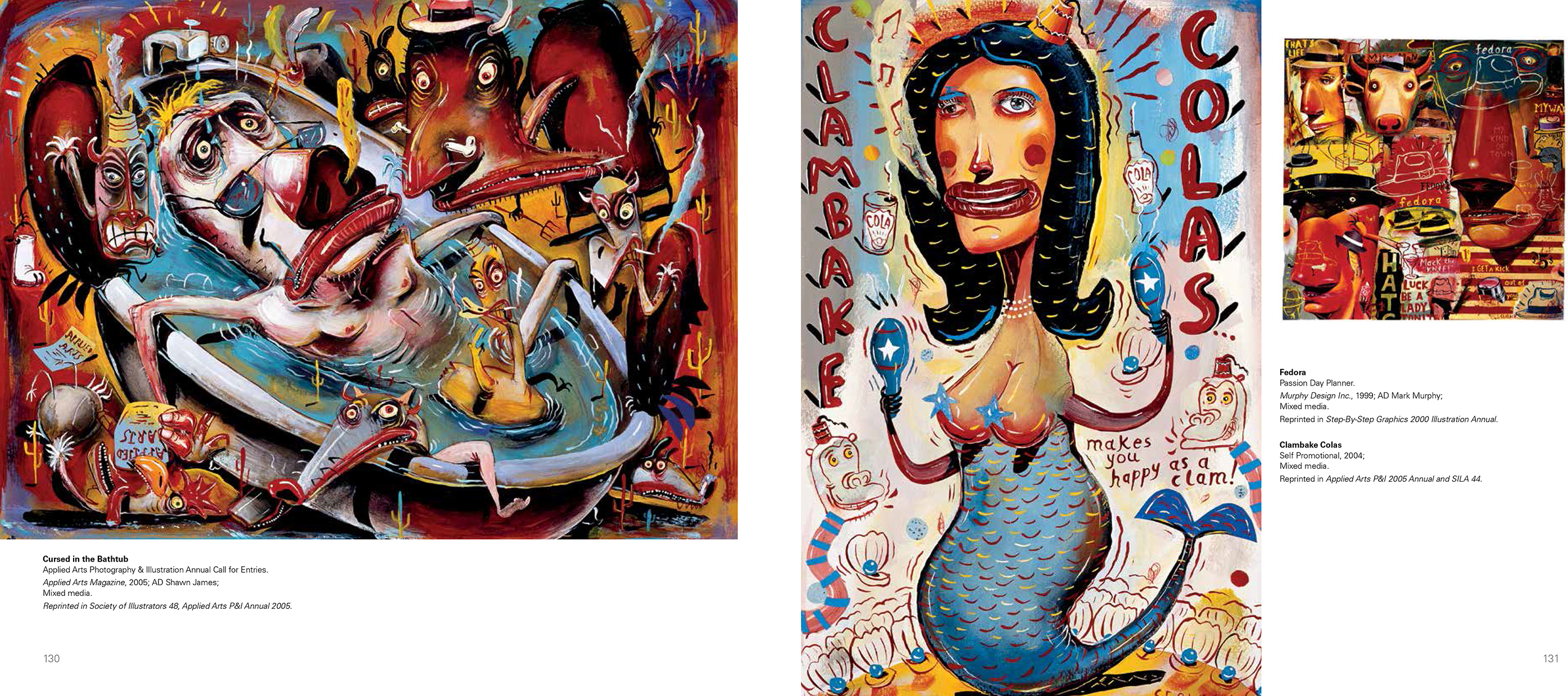
Your career has spanned an incredible thirty years, in that time a myriad of artmaking technologies have come and gone, what has changed most about your process in that time?
Chasing the tail of technology!
I love technology! Just ask anyone how skillful and nimble I’m with the myriad of artmaking technologies and you’ll get a resounding GUFFAW!!
It’s not that I’m against technology or creating digital art, it’s that I’m still trying to get a handle on this whole traditional approach. Some days I feel I’m finally getting close, plus I’m having too much fun smashing paint and bashing concepts onto canvas. Computer screens are too smooth for that…
My students embrace new technologies and create awesome digital and mixed media illustrations—so a great trade-off! It is all about visually communicating an idea or theme in an artistic and imaginative manner. At its best, it’s creatively rewarding. Demanding. Delightful. Even Delicious.
The reality of illustration involves creating images for clients within established boundaries. There is negotiation but that is the nature of the beast. However, there is also a challenge to continually strive for artistic freedom with every assignment. As long as content is communicated, I look for the most visually distinctive solution possible.
And when not busy with paying assignments, I turn to my personal work. Sometimes it signals the next stage of a maturing creativity, the culmination of stylistic inventiveness, or a necessity for risk-taking. Explore, it’s good for the soul.
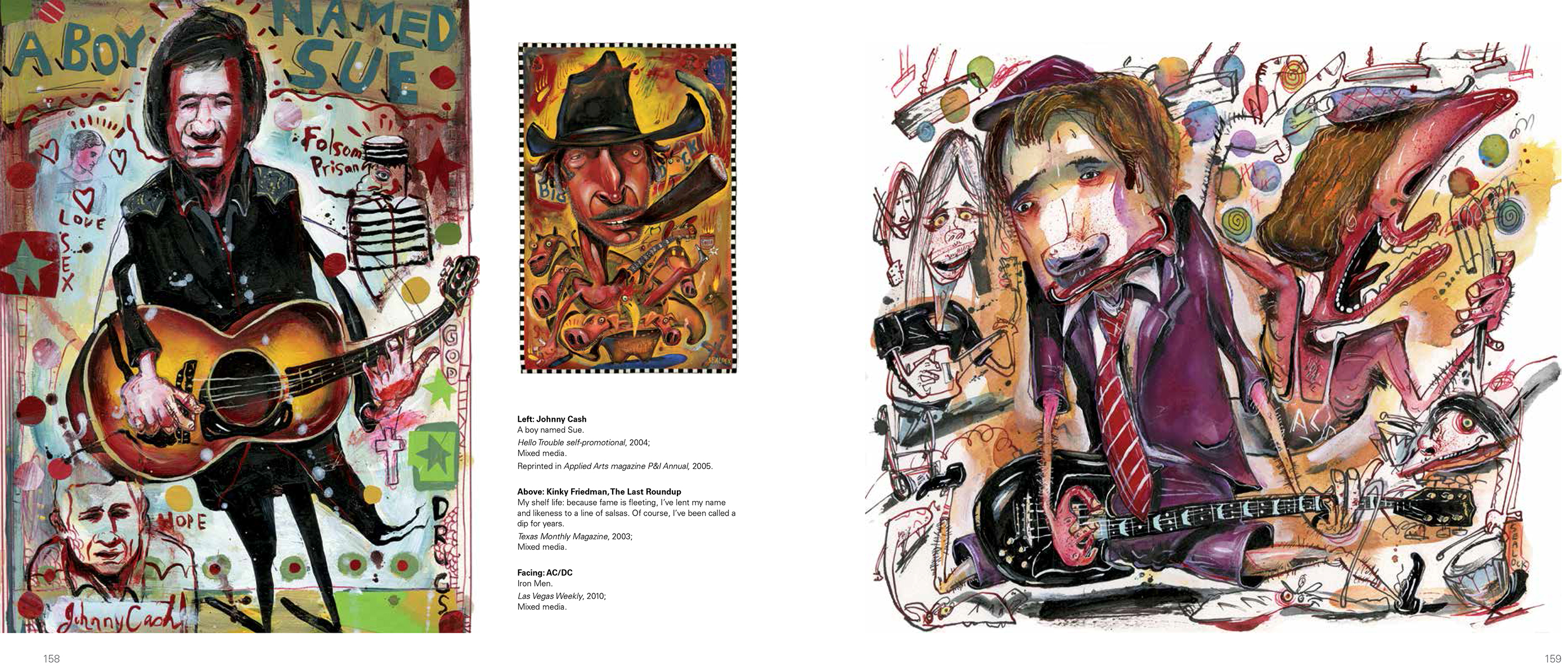
If you hadn't become an illustrator, is there another creative career you would have pursued?
Possibly a motivational speaker for daredevil circus ringmasters, or a lawyer? Does teaching illustration count?
“Please, folks, step right up! Don’t crowd now, there’s room for all to see. Prepare to be amazed by the wondrous images that magically appear in front of your disbelieving eyes - by the wave of my hand, yes, this very hand!”
Freelance illustration and the big top share many prerequisites. An illustrator needs the physical strength of an acrobat, financial acumen of a carney, intuition of a fortune-teller, and the daring of a tiger-tamer. Really! The illustrator’s most crucial role is that of ringmaster at centre stage, moving attention from one act to another, swaying the audience, trying to perform to a sold-out crowd. My gran calls it being a show-off. But isn’t there a certain amount of showmanship in illustration? Hey, look how intuitive, insightful, and talented I am! Do you like my stylistic approach, how about this palette, the big nose? Use more red?
And now folks, for a (more) serious answer to pursuing a creative career (and probably in illustration!)
- Be passionate—for making, drawing, and seeing images. To illustrate is to kindle that bonfire of brilliance, that cauldron of creativity, that flame of fabulouslessness. Fire that sucker up!
- Become learned. By this I don’t mean go and learn Latin—that’s a sine qua non. I mean go and read images—in books, games, graphic novels, movies, whatever. Look at peer-reviewed illustration annuals as they strive to showcase current excellent work. Know the history of art, illustration, and design. Know those who came before you, whether they be illustrators, painters, animators, directors, photographers—any producers of visual work.
- Live in the past. No one on earth has the exact same memories, experiences, or background as you. Draw upon this so that your work is original and personal. Create images based on your personality and manner of thinking so that they’re different from those of others. Hone your history.
- Get a groove on. By this I mean an illustrator needs to create their own process strategy. I create better ideas when under the gun letting the deadline be my muse. Others say they think up great ideas just before falling asleep, exercising, reading, or just doodling.
- Meet the mark. Good illustrators meet—or beat—their deadlines. On your mark.
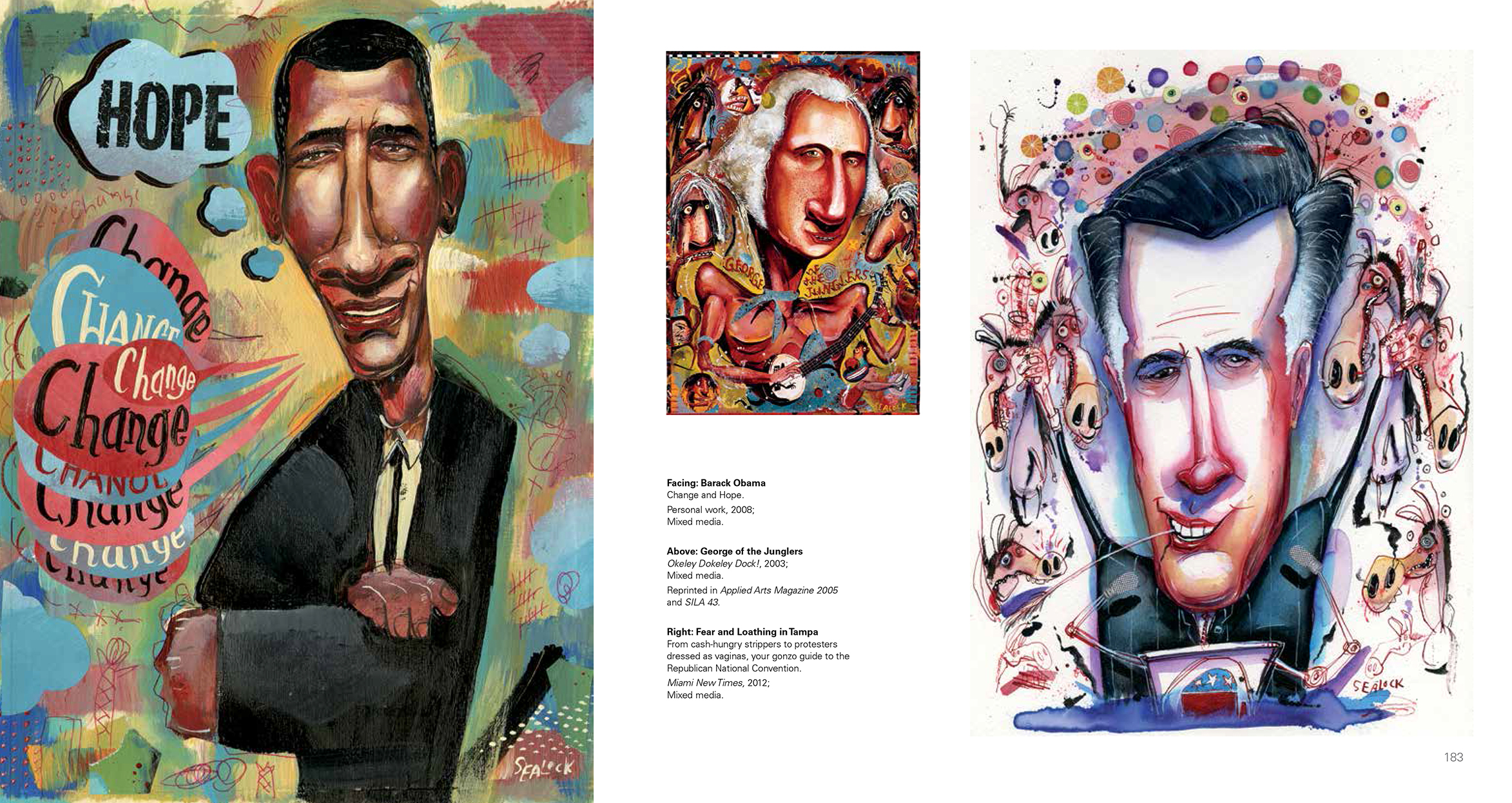
We are at an interesting place for illustration with controversial NFTs highlighting illustrators and art, but also presenting ethical dilemmas. What do you think the future of illustration holds?
That’s the $64 million question or $69 million now (as of march 11th)!
If I knew what the future of illustration holds (or just more about NFTs early on) I’d be dining on gold truffles while dictating this Q&A letter to one of my robotic-manservants from my private island penthouse fortress!
My knowledge is limited to the articles I’ve read regarding the NFTs art craze, but it’s great that artists, digital artists, and animators are cashing-in and receiving fitting or long overdue compensation for their talents. Spread the wealth around I say! But whether it’s a boom-and-bust bubble or a new reality of technology and commerce emerging, it has as you point out presented a host of ethical dilemmas questions, from its environmental impact to ownership of IP, copyright infringement, art-theft, and plagiarism, to name a few.
A quick sidenote, I recently attended a CAL virtual artist talk by the illustrator Robert Rodriguez who discussed the artistic highlights and awards garnered over an incredible 50 plus years freelance career. He described the various painting techniques, media, and themes he developed plus new ones being explored as his work shifted from illustration to fine art. Also watching the talk were esteemed illustrators, great artists too, such as Braldt Bralds, Thomas Blackshear, and Michael Deas to name a few. While the conversation touched briefly on monetary issues, it was the aspect of wanting to paint better that resonated throughout most of the talk among Robert and these other gods of illustration. They’re at the pinnacle of their careers and still want to learn more. Yes, we make Art to Live but we also Live to make Art.
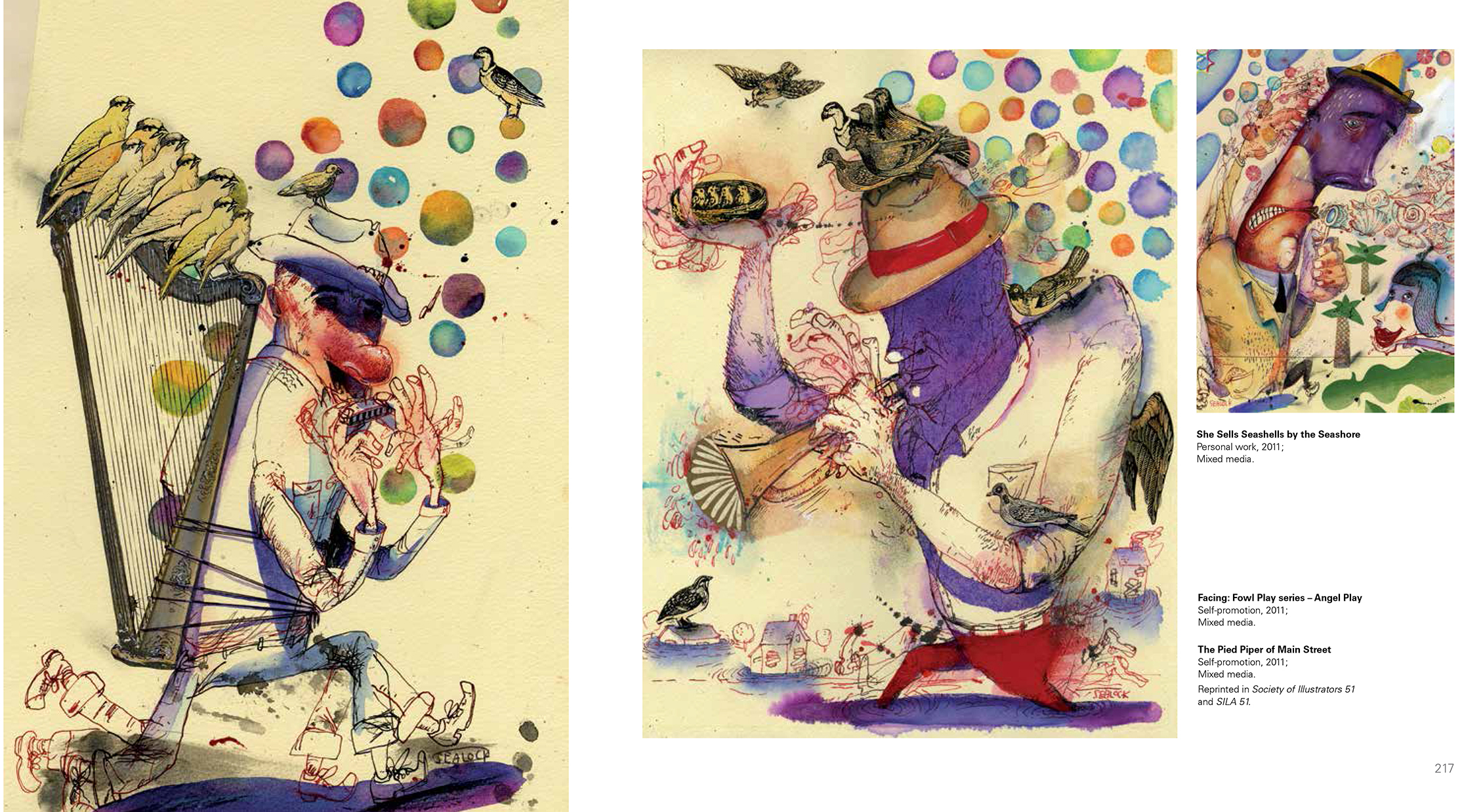
IN CLOSING
I close with some advice for any student borrowed from ABWD, but especially one pursuing a career in illustration, the applied arts, and to a degree the visual arts.
Work hard in school; work your ass off. Nothing worthwhile comes easy (usually!). It’s great if you’re super talented—the world is your oyster. For most of us what is needed is work, focus, determination. Listen to your teachers who guide and direct through critiques and suggestions. Listen to your classmates as they are learning too.
If you feel like you are being assaulted by a variety of voices offering advice, you are. Being inundated with suggestions is in itself training. You, Grasshopper, must navigate these words, test their wisdom, and then use them for your own benefit.
Soak up the visuals. Review juried illustration annuals, professional websites, illustrator blogs, and art books to understand the difference between poor, good, and great ideas. ’Nuff said.
Be open to constructive criticism. Art directors require—and really appreciate—this. Try to be objective about your concepts and technique. Meet deadlines. Work with your past. Your style is developed by your character, memories, and experiences, which set you and your images apart from those of others.
Look up. Don’t always play it safe as sometimes the edge is more educational and artistically rewarding.
Be nice and play well with others. Don’t confuse self-confidence with arrogance. The former is a necessary component in developing and sustaining a career as an illustrator; the latter can be a turnoff, a hindrance to getting work done.
Lastly, love what you do. •

RICK SEALOCK is a brash and mildly maturing illustrator with a flair for the wild, wicked and woolly has been entertaining Daddy-o Designers, Art Wranglers and Hi-Fi Art Directors since 1986. The recently published book "A BRUSH WITH DEPTH" showcases his Good, Bad and Uber-Ugly images, many which have been recognized by illustration annuals including American Illustration, Applied Arts, Communication Arts, Society of Illustrators NY, SILA, and most recently Lurzer’s Archive 200 Best Illustrators worldwide 14/15, 16/17, and 18/19. His "Hell bent for Leather" and "Push it to the Edge" attitude has delighted and disdained numerous advertising, editorial, and publishing clients. An apology to those who have tempted trouble for commissioning his work...but hopefully it won them an award. Round-up even MORE ART at www.ricksealock.com. email: sealock@rogers.com


